Your source for the latest cryptocurrency news — trends, analysis, and market movements.

When you're exchanging crypto — say, BTC to USDT, you’ll often see a choice: floating rate or fixed rate. It might seem like a small detail, but the option you choose can make a real difference — especially if you're making a payment that requires an exact amount. Let’s break down how each one works and why fixed rate can be a better choice in some cases.
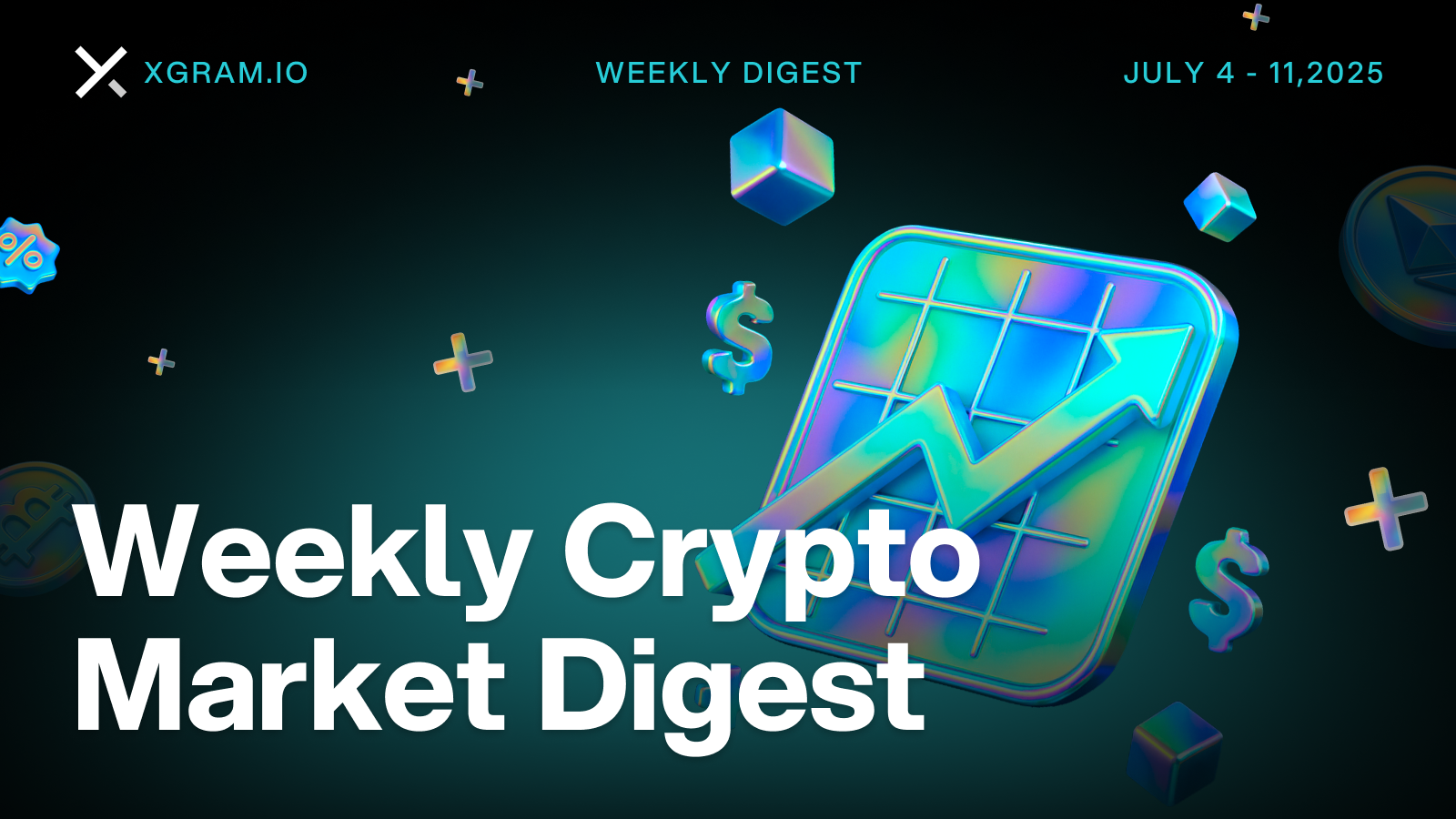
A weekly roundup of the top crypto events from July 4 to July 11, 2025. Bitcoin hits new all-time highs, Ethereum whales quietly accumulate, dormant wallets move $2.18B worth of BTC, Brazil suffers a record-breaking $140M hack, and Emirates prepares to accept crypto for air tickets. Full breakdown in our latest digest.
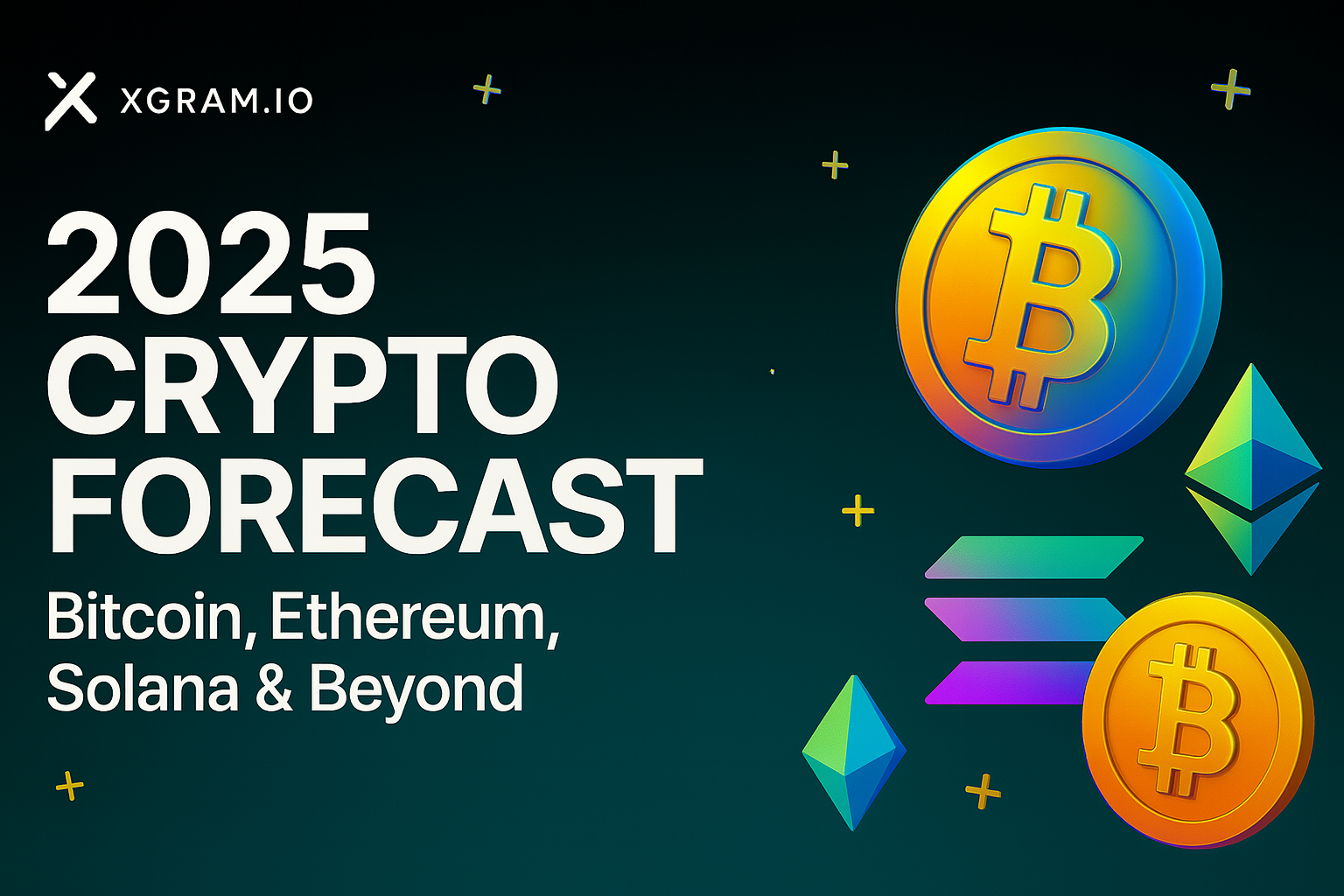
Summer is on the calendar, but the crypto market is still on the treadmill. Spot ETFs for Bitcoin and Ether keep pulling in billions, a few banks have publicly “forgiven” Solana, and lower-profile projects—Tron and Toncoin—are quietly building out their own ecosystems. Below is what traders and analysts are talking about once you strip away the extra noise.A concise look at BTC, ETH, SOL, TRX and TON for the second half of the year

Liquidity tells you how quickly and cheaply you can trade a cryptocurrency without changing its price much. High liquidity means a small gap between buy and sell prices and fast, easy trades. Low liquidity can make even a small order move the market a lot. The article uses everyday examples to explain this idea, shows where to check volume and spread on an exchange, and why big coins like Bitcoin are easier to trade than little-known altcoins.

With the growth of the cryptocurrency ecosystem, understanding the key components that keep it secure becomes increasingly important. One such component is the Bitcoin address. Regardless of your level of experience, every user should know what a Bitcoin wallet address looks like and how it works.
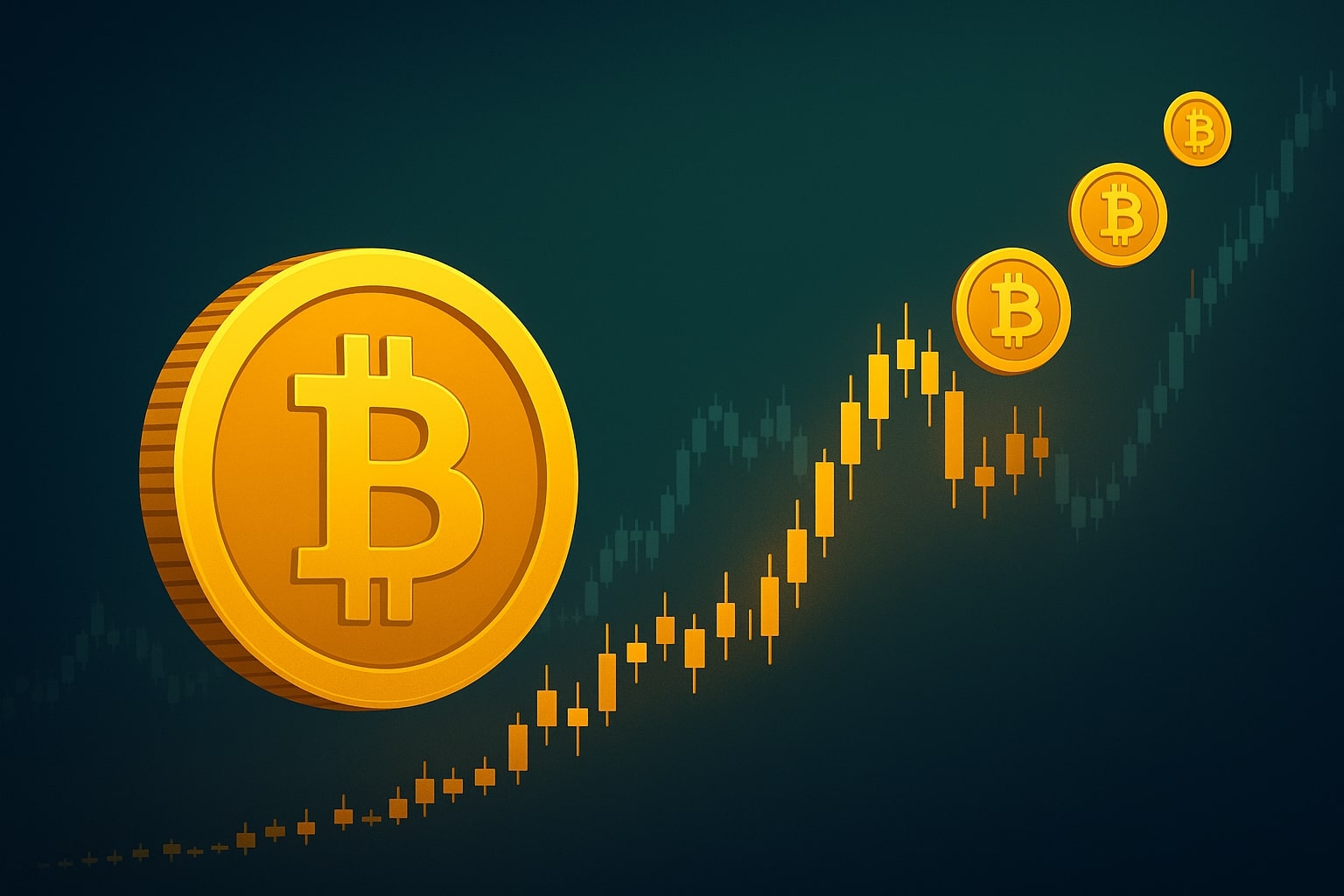
This week, the crypto world lit up with a familiar kind of alert: two long-dormant wallets suddenly moved 10,000 BTC each — totaling over $2.18 billion at today’s prices. These coins hadn't budged since 2011. The scale is massive, but is it really a reason for alarm? Not necessarily. Let’s unpack what actually happened.
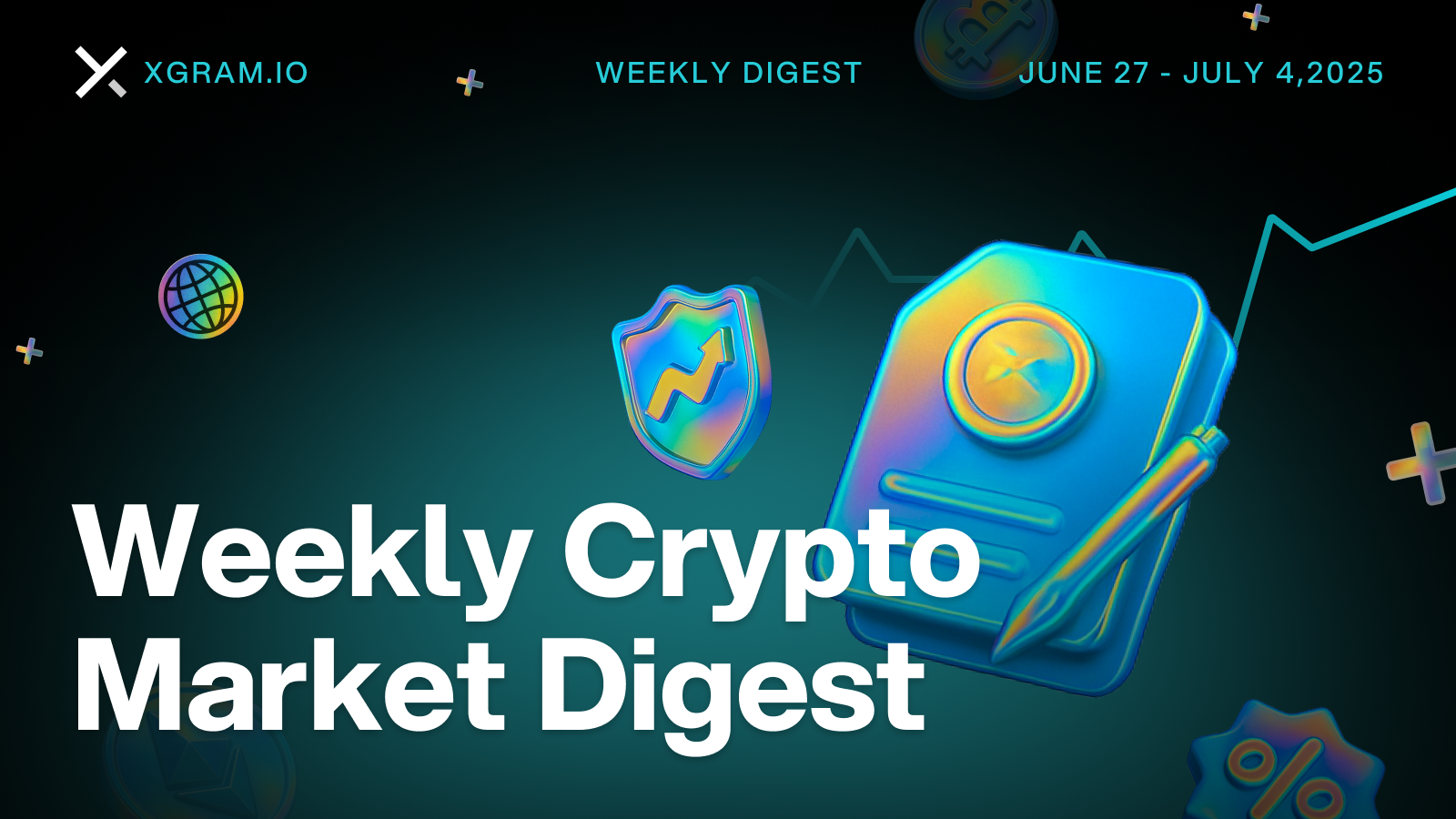
IBIT now earns BlackRock more than its flagship S&P 500 ETF, dormant BTC whales awaken, and Circle takes a step closer to becoming a regulated crypto bank. Bitcoin remains above $100K, Turkey blocks PancakeSwap in a first-ever DEX ban, and hackers stole over $2.1B in the first half of 2025. Catch up on all the key stories from June 28 – July 4 in one digest.

Limited-edition NFT stickers on the TON blockchain are exploding in popularity on Telegram: users buy them for Stars in the Sticker Pack mini-app and resell them on built-in marketplaces—turning familiar chat images into a multimillion-dollar market that has already attracted brands like BAYC.

Bitcoin fell to $103,000 this week but quickly rebounded to $107,000. Institutional appetite is clear: BlackRock topped up its Bitcoin ETF, while Invesco and Galaxy Digital simultaneously filed for the first spot Solana ETF. In Bolivia, surging inflation is pushing small businesses to adopt crypto payments en masse. All the week’s key developments are in our latest digest.
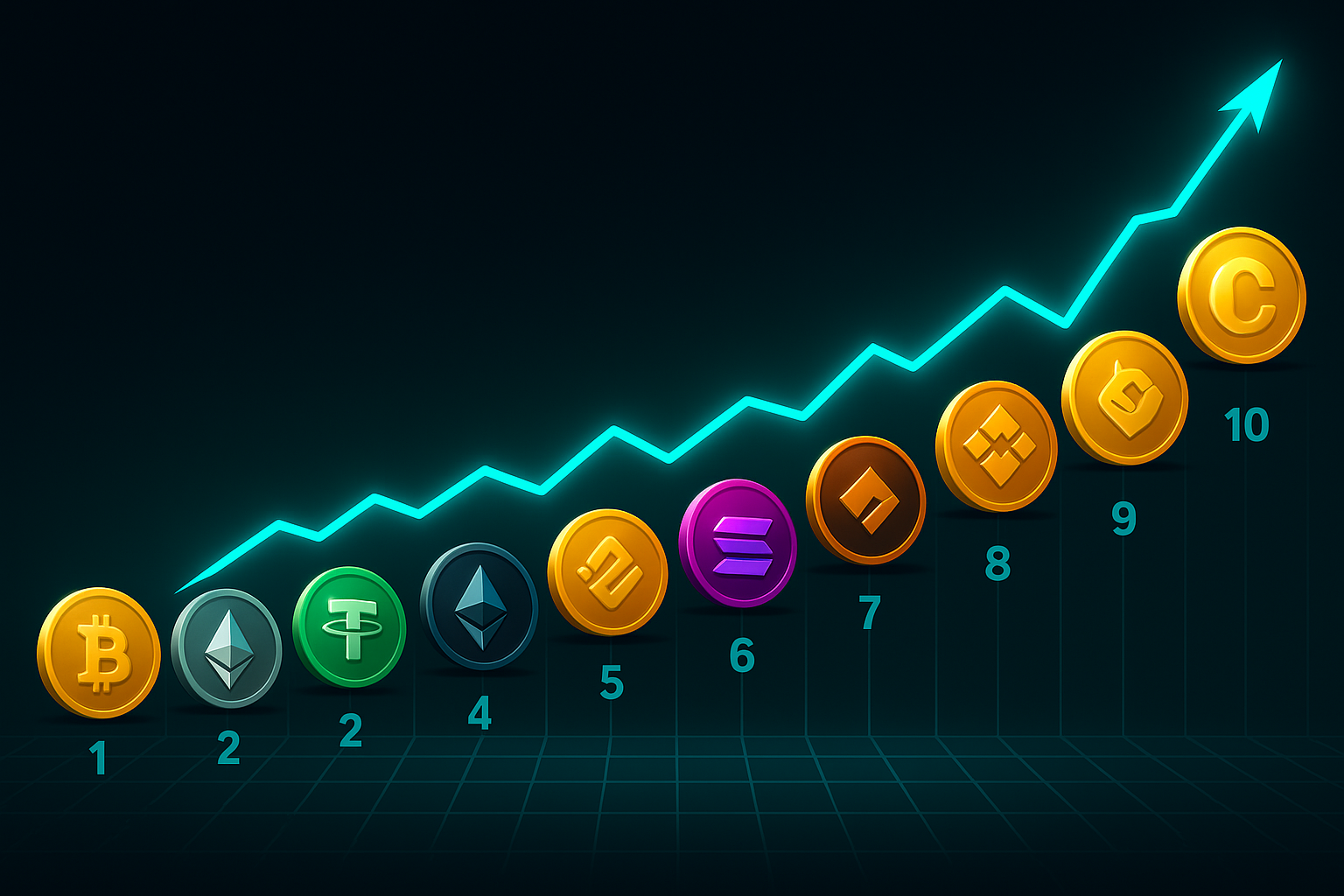
This piece explains why each of the current top-10 cryptocurrencies holds its spot halfway through 2025. Rather than chart talk, it focuses on real catalysts: U.S. spot ETFs, tech upgrades like Dencun, courtroom wins, and high-yield stable-coin reserves. The article shows how these fundamentals set the price floors that traders later trade around. Readers get a clear roadmap to the events that truly move the market—and clues on where the next entry points may appear.
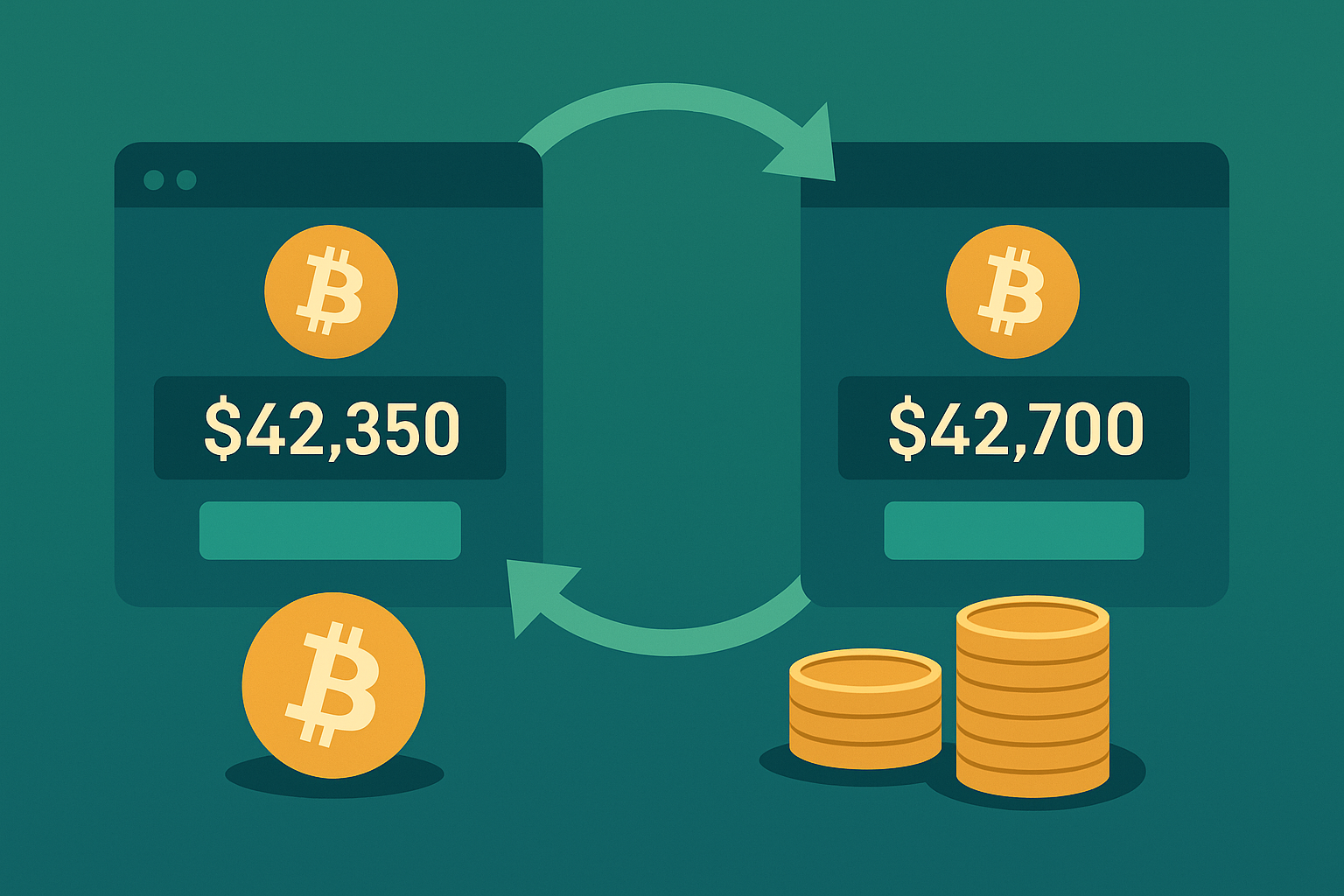
This article shows how to profit from price gaps between crypto exchanges without any coding or API work. It walks you through the required setup, the exact math for net spreads, and the risks—fees, network latency, withdrawal holds—that most often wipe out margins. Key pitfalls are examined in detail, giving beginners a clear view of real-world obstacles. The piece ends with a practical checklist and a ready-to-use ROI formula so readers can deploy the strategy immediately.

Trading crypto-currency futures is no longer a niche hobby for tech geeks: on many exchanges, derivatives volume now reliably exceeds spot trading. Futures let traders earn on both price rallies and crashes while amplifying returns with leverage. Yet the same leverage and volatility punish mistakes mercilessly. Below is a compact, battle-tested guide to core futures strategies and survival rules.